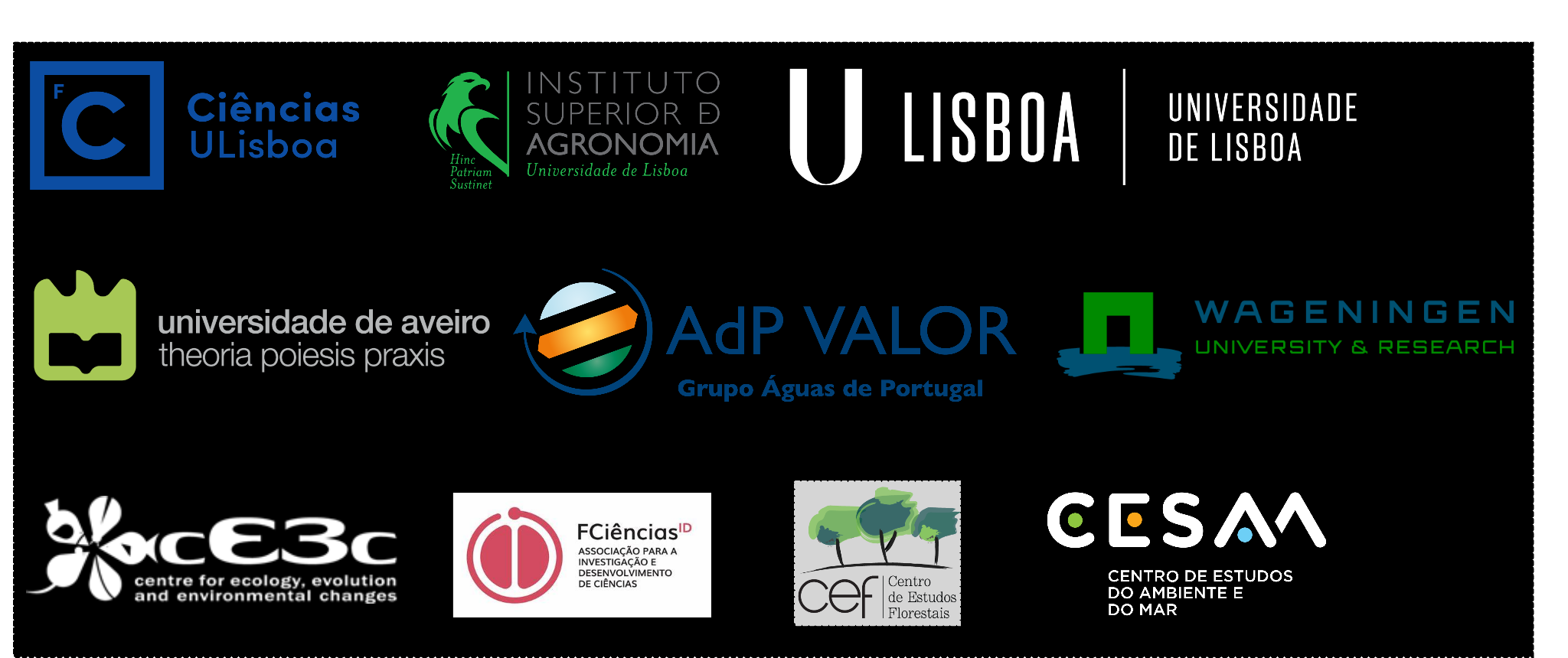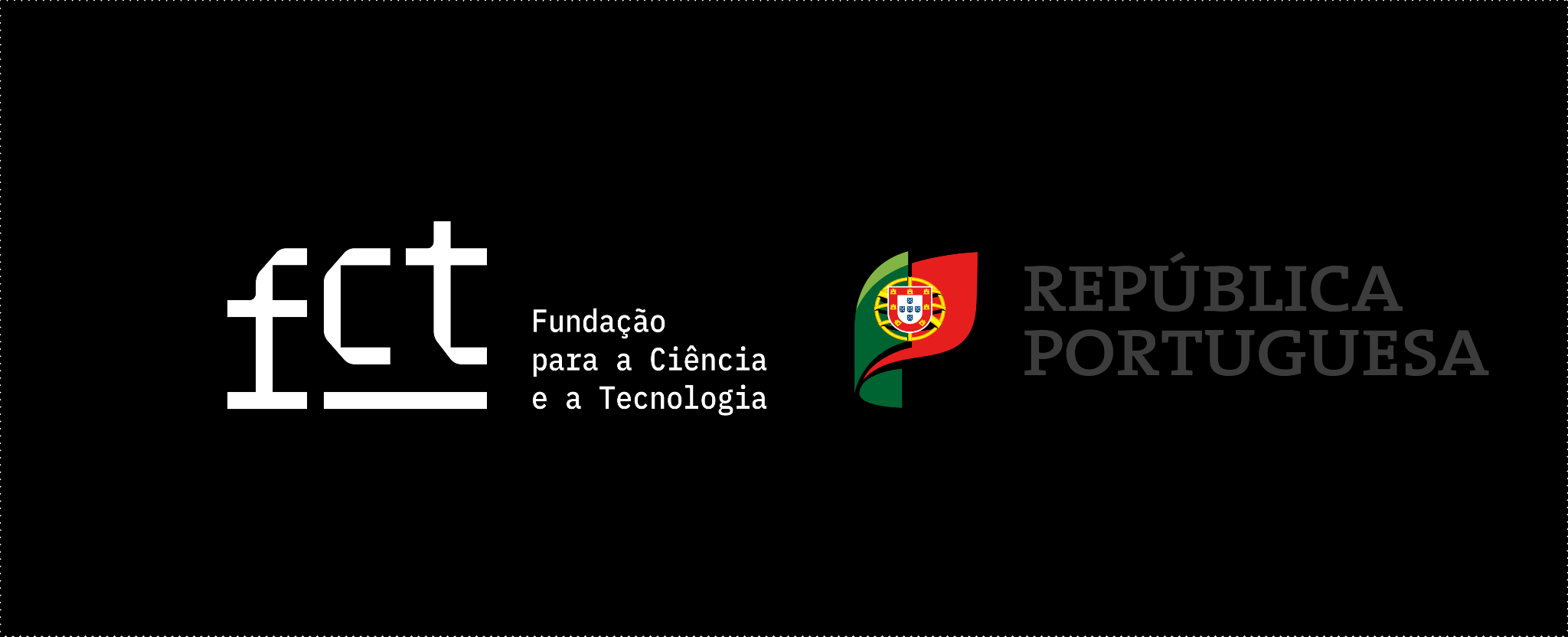FINAL PRODUCTS
Good practices for managing water resources in fire-prone watersheds in Portugal
Rural fires are a recurring phenomenon in Portugal. The ash produced by these events often reaches the bodies of water used for human public supplies, compromising their quality. In a recent example, the ash resulting from the 2017 fires led to the interruption of human public supplies, and the implementation of additional monitoring programs in catchments areas. Over the last few decades, researchers in Portugal and around the world have studied this phenomenon. However, only some of this theoretical knowledge has been translated into practical measures for assessing and mitigating the risk of contamination on the site. This guide aims to bridge the gap between the theory and practice of water management in fire-prone watersheds. It is underpinned by recent scientific research and features contributions from researchers connected to Lisbon, Évora, and Wageningen (Netherlands) universities, as well as water management professionals associated with Águas de Portugal.
The guide provides a comprehensive overview of water resource management practices in Portuguese river basins with a history of rural fires. The topics covered in the guide include: i) fundamental concepts regarding rural fires and their potential impact on water quality; ii) risk assessment and prevention measures, including structural and conjunctural fire risks, water resources exposure to rural fires, and fire prevention measures; iii) response measures after the occurrence of a fire, including immediate risk assessment, water quality monitoring in burned areas, emergency stabilization of affected slopes, and changes to raw water treatment processes; iv) case studies in Portugal after the fires of 2003 and 2017.
Risk index for the impact of rural fires on the water quality of reservoirs in mainland Portugal
The index developed in FRISCO project estimates the potential impact of a fire on water quality at the water uptake point in a given watershed. It is based on the probability of a significant increase in the amount of suspended solids in the watershed. Such conditions could lead to values exceeding 25 mg/L, the maximum recommended level for surface waters destined for the production of water for human consumption. This risk also depends on the volume of water stored in the reservoir in the year following the fire.
A detailed breakdown of the index classes, can be seen on the Table. This index is accessible for each year using the platform managed by the ISA's team: Plataforma para o Conhecimento Científico de Incêndios Rurais (PCCR).


This work was funded by the Portuguese Foundation for Science and Technology under the project FRISCO: managing risks of fire-induced contamination of water quality (reference PCIF/MPG/0044/2018).


